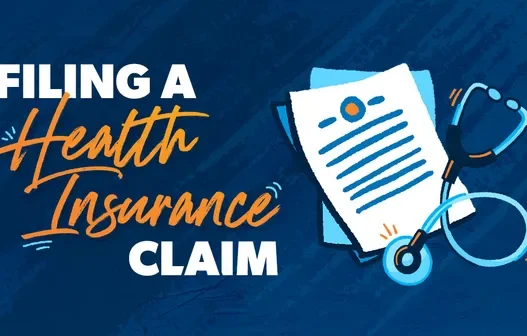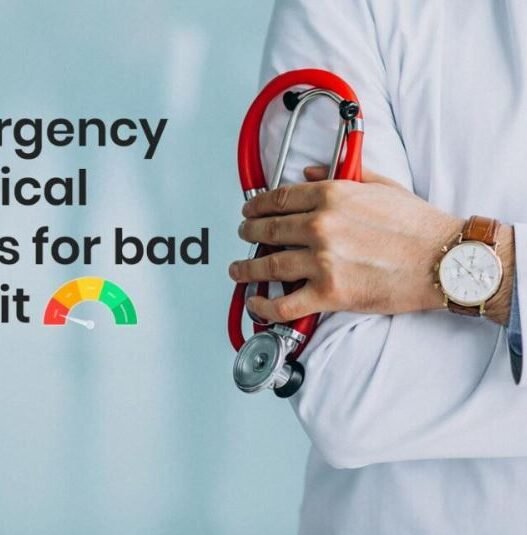Current Situation: Rising Measles Cases in Texas
The recent rise in measles cases in Texas has raised significant alarms among public health officials and the general population. As of October 2023, Texas has reported an alarming increase in infections compared to previous years. Statistics reveal that the state has logged a notable uptick in cases, with year-over-year comparisons showing a marked escalation in incidents. For instance, while Texas recorded only a handful of measles cases in 2022, reports for 2023 indicate a substantial rise that cannot be overlooked.
The demographics most affected by this outbreak are primarily within communities with lower vaccination rates, particularly among unvaccinated children. Public health data indicate that pockets of unvaccinated populations correlate with higher incidence rates of measles. Vulnerable groups, including infants, pregnant women, and immunocompromised individuals, are especially at risk, making it imperative for communities to take swift action to curb this outbreak. The implications for public health are profound, as measles is known for its high transmission rates and potential complications.
In response to this surge in cases, Texas health authorities have implemented a series of measures aimed at combating the outbreak. Efforts include intensified vaccination campaigns targeting children and families in high-risk areas, along with public health advisories emphasizing the importance of immunization. Health officials are urging families to ensure that their children are vaccinated and have received their measles, mumps, and rubella (MMR) vaccine on schedule. Moreover, community engagement initiatives are being introduced to educate the public about the seriousness of measles and the benefits of vaccination in preventing further outbreaks.
New Mexico’s Outbreak: Understanding the Trigger
Recently, New Mexico has experienced a concerning surge in measles cases, aligning with an uptick in similar cases reported in neighboring Texas. This unprecedented outbreak has drawn significant attention from health officials, as measles is a highly contagious viral disease that can lead to severe complications. The emergence of this outbreak raises crucial questions about its potential triggers, primarily focusing on vaccination rates, population density, and regional travel behaviors.
Vaccination rates in New Mexico have become a central point of discussion. A decrease in the number of children vaccinated due to vaccine hesitancy or access issues can significantly impact herd immunity. The New Mexico Department of Health has noted that certain communities within the state exhibit lower vaccination coverage, creating an environment where measles can easily spread. This susceptibility highlights the urgent need for public health initiatives aimed at increasing vaccine uptake, specifically the measles, mumps, and rubella (MMR) vaccine.
Additional factors such as population density and travel patterns further complicate the situation. New Mexico’s urban centers, which tend to have higher population concentrations, can facilitate quicker transmission of infectious diseases like measles. Furthermore, with residents frequently traveling to neighboring states, including Texas, the risk of cross-border infection increases significantly. This interconnectedness necessitates collaboration among health departments across both states to effectively monitor and manage the outbreak.
In response to the surge in measles cases, the New Mexico Department of Health has initiated several preventative measures. These include public awareness campaigns aimed at educating communities about the importance of vaccines and encouraging individuals to seek vaccination if they have not yet done so. Establishing robust communication channels about the outbreak will be critical in mitigating further spread. Ultimately, fostering community awareness and preparedness will play a vital role in combatting the ongoing outbreak and safeguarding public health.
Vaccination: The Key to Prevention
Vaccination plays a critical role in preventing measles outbreaks, as evidenced by the recent surge in cases in Texas and the concurrent outbreak declared in New Mexico. The Measles, Mumps, and Rubella (MMR) vaccine stands at the forefront of these preventive efforts, demonstrating remarkable effectiveness in halting the spread of these infectious diseases. The Centers for Disease Control and Prevention (CDC) recommends that children receive their first dose of the MMR vaccine at 12 to 15 months of age, followed by a second dose between 4 to 6 years. Adhering to this vaccination schedule is essential for sustaining individual immunity and achieving collective community protection through herd immunity.
Herd immunity emerges when a significant portion of the population is vaccinated, reducing the likelihood of disease spread to those who are unvaccinated or immunocompromised. This community-wide protection is crucial, especially for vulnerable groups such as infants who are too young to be vaccinated and individuals with certain medical conditions. The effectiveness of the MMR vaccine is underscored by the fact that two doses achieve approximately 97% immunity against measles, effectively curbing its transmission when vaccination rates are high.
Despite the overwhelming evidence supporting the safety and efficacy of vaccines, misconceptions surrounding their use persist. Common myths, such as the false claim that vaccines can cause autism or that natural infections are preferable to vaccination, can lead to hesitancy among parents. Access to reliable resources and educational materials is essential in dispelling these myths. Organizations such as the CDC and the American Academy of Pediatrics provide comprehensive information about vaccine safety and the importance of immunization, empowering parents to make informed decisions for their children’s health. By addressing these concerns head-on, we can ensure that communities remain protected against measles and other preventable diseases.
What You Can Do: Protecting Yourself and Your Community
In light of the recent surge in measles cases across Texas and the declaration of an outbreak in New Mexico, it is imperative that individuals and families take proactive measures to safeguard their health and the well-being of their communities. The first step in preventing measles is to ensure that vaccinations are up-to-date. The measles, mumps, and rubella (MMR) vaccine is highly effective and is recommended for children and adults who have not been vaccinated. Checking with healthcare providers to confirm vaccination statuses is vital, as the outbreak can be contained more effectively through widespread immunization.
Recognizing the symptoms of measles is crucial for early diagnosis and treatment. Symptoms typically include fever, cough, nasal congestion, and a distinctive rash that usually appears several days after the onset of the initial symptoms. If you or your family members exhibit these symptoms, it is essential to seek medical advice promptly. Early intervention can help prevent the spread of the virus and provides an opportunity for medical professionals to manage the situation efficiently, ensuring that those affected receive appropriate care.
Community engagement plays an important role in curbing the spread of measles. Advocating for vaccination awareness within your local community can be highly effective. This may involve organizing informational sessions, distributing materials that outline the importance of vaccinations, and encouraging conversations about immunization with friends and family. Additionally, participating in local health initiatives can further bolster efforts to combat the outbreak. Collaboration with local health authorities, schools, and other organizations can foster a community-wide commitment to vaccination and health education, ultimately working toward the goal of a measles-free environment.

















